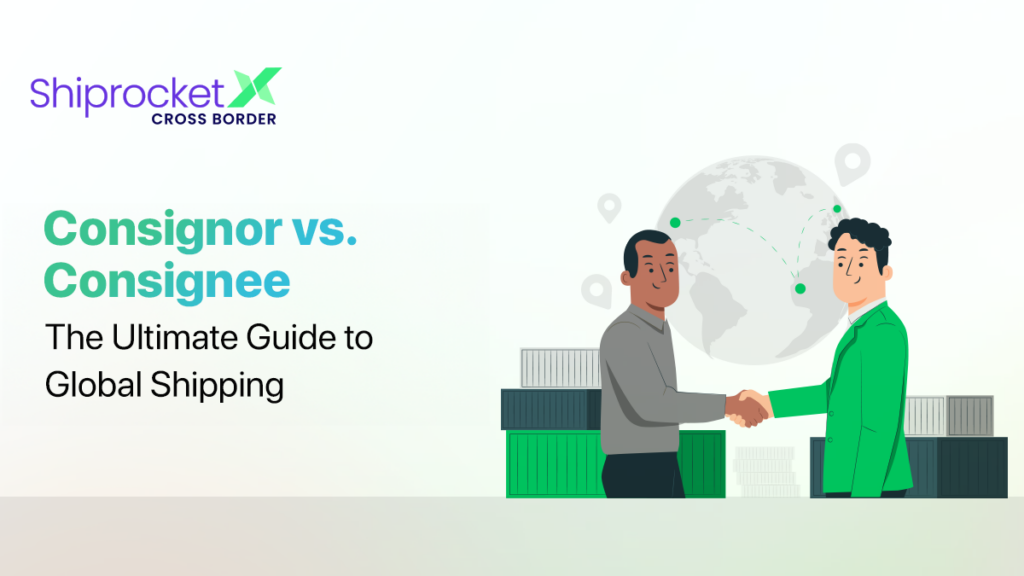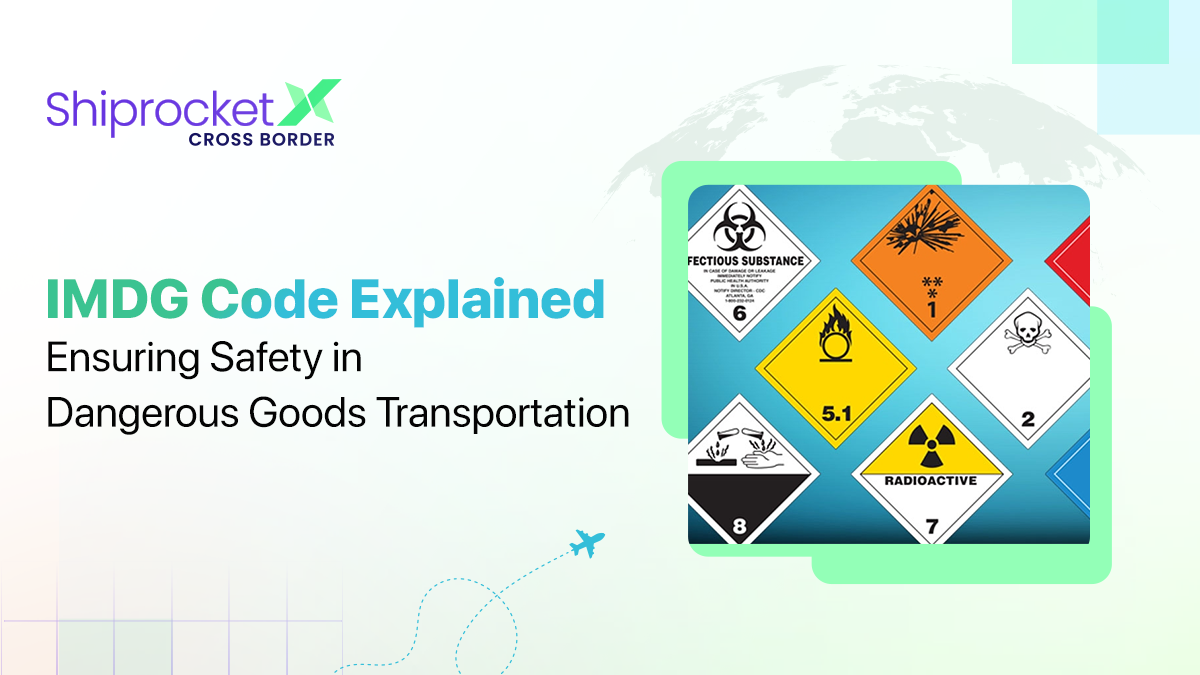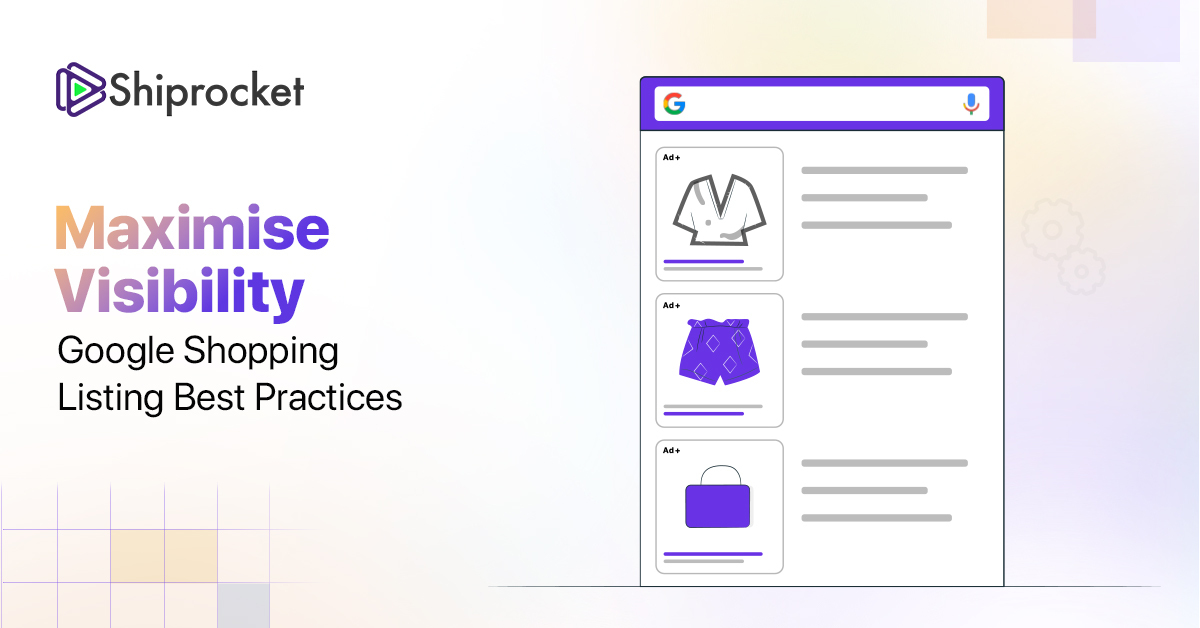Consignor vs Consignee: Key Differences & Shipping Guide
If you are interested in global trade or running an eCommerce business, you must understand the roles of the consignee and consignor. These terms are generally used in logistics, shipping, retail industries, and consignment-based businesses. But what do these terms mean? And how do they impact the selling and shipping of goods?
Consignment is an arrangement where the consignor (seller) retains ownership of goods until the consignee (receiver) sells them. This setup helps businesses reach new markets, showcase their products, and build strong relationships between sellers and resellers. The relationship between consignee and consignor can be seen as a partnership in which the consignor provides products, and the consignee takes care of the storage, sales, and display.
In this blog, we will further explain the concept of consignment and explore the differences between consignor vs consignee. We will also see how ShiprocketX provides solutions for your consignment business and simplifies the process. So whether you are a seller wanting to expand your reach or a retailer/retailer wanting to boost your inventory, this guide will help you navigate the international shipping process.
What Is a Consignment?
A consignment refers to a shipment of goods sent by the consignor (sender) to the consignee (recipient) under a specific agreement. Consignment is commonly used in industries like shipping, logistics, retail, etc. Key elements of a consignment shipment include:
- The consignor owns the goods until they are sold.
- The consignee pays the consignor in full once they receive the shipment or once a sale is made.
- The consignee manages the goods and their storage, but the consignor has the risk until the goods are sold.
- Unsold goods are generally returned to the consignor.
Consignment is generally used by businesses or sellers who showcase their brand’s products in a physical store. It is crucial for long-term success as it strengthens the reseller and supplier relationship. The common types of products that are sold through consignment include clothing, shoes, antiques, and handicrafts.
Consignor vs. Consignee: Key Differences

Some of the common and major differences between consignor and consignee include:
| Aspects | Consignor | Consignee |
|---|---|---|
| The consignor is the seller, who can be a manufacturer, seller, distributor, dropship facility, etc. The consignor sends goods to other parties and is the owner of the goods until they are sold. | The consignee is the buyer, customer, or client who can be a product retailer or end user. They receive goods and are responsible for selling or taking delivery. | |
| Definition | They ship the goods and retain ownership until they are sold. | They receive and sell goods on behalf of the consignor. |
| Risk | They take the risk of unsold goods and possible loss until they are sold or delivered to the consignee. | They bear less risk of loss and damage only once they handle goods. The ownership risk is not theirs. |
| Ownership | They retain ownership of the goods until they are sold. | They just hold the goods in trust and do not own the goods. |
| Responsibilities | Consignors are responsible for shipping goods and, in some cases, insuring them until they are sold. | They manage the goods, including storage, marketing, branding, and sales. |
| Payment | They receive payment when the consignee sells the goods. | They pay the consignor after selling goods while keeping their profit. |
| Inventory management | They do not handle day-to-day inventory management at consignees’ locations. | The consignee manages and maintains the inventory, including its storage and display. |
| Relationship | The consignor enters a consignment agreement while specifying the terms and conditions. | The consignee works under a consignment agreement while focussing on selling goods. |
| Legal ownership | They legally own the goods until they are sold. | They hold goods in trust but do not own them. |
| Right to sell | The consignor authorises the consignee to sell the goods on their behalf. | They sell the goods according to the instructions of the consignor. |
| Sales | They might need to form sales strategies for consignment goods. | They focus on selling goods and their marketing strategy. |
| Returns | They receive the unsold goods back from the consignee if agreed upon previously. | They return the unsold goods to the consignor if agreed upon in the terms of the contract. |
| Inventory accounting | They record the goods sent in consignment as inventory until they are sold. | They do not record the goods as inventory, but they may keep a memorandum record. |
| Responsibility for shipping costs | Depending on the agreement, the consignor is generally responsible for the cost of shipping the goods to the consignee. | The consignee is generally responsible for shipping costs for returning the unsold goods if that is stated in their agreement. |
| Profit margins | The profit margin is based on the final sale price minus the agreed-upon fees or commission of the consignee. | They get a commission or profit from selling the goods. |
| Documentation | They prepare shipping documents and consignment agreements. | They handle the sales documents and report to the consignor. |
| Insurance | They may insure the goods during transportation and while consignee’s possession. | Per the agreement, they may also ensure goods while they are with them. |
| Market reach | They reach or access new markets with the help of consignees. | They expand their reach through expanding product ranges with investment. |
| Revenue recognition | They recognise revenue when the consignee sells the goods. | They do not recognise revenue from the sale of goods, instead they earn for fee or commission. |
The features described in the table above highlight the difference between the roles and responsibilities of consignors and consignees in a consignment arrangement.
Shiprocket X: Providing Shipping Solutions for Navigating Global eCommerce
Managing the logistics and relations between consignors and consignees in global eCommerce can be complex. ShiprocketX offers comprehensive shipping solutions that simplify the process and ensure smooth, efficient international shipping. Here are some solutions or features offered by ShiprocketX for consignors and consignees to navigate the international market.
- Simple international shipping process
- Efficient logistics management
- Cost-effective
- Real-time tracking
Conclusion
In the evolving world of global trade and eCommerce, understanding the relationship and difference between consignee vs consignor is important. The consignment process and the partnership between the consignee and consignor can expand market opportunities, enhance relationships between sellers and resellers, and provide a flexible approach to inventory management. Ultimately, understanding and leveraging the dynamics of consignment can lead to increased profitability and more accessible international trade for businesses.
ShiprocketX fills possible gaps and issues between consignors and consignees by offering effective and seamless shipping solutions to make international trading more manageable and accessible. This reduces logistical complexities and helps consignors and consignees manage their inventory more effectively. Take the next step now and empower your business with the right consignment strategies and shipping solutions for today.





